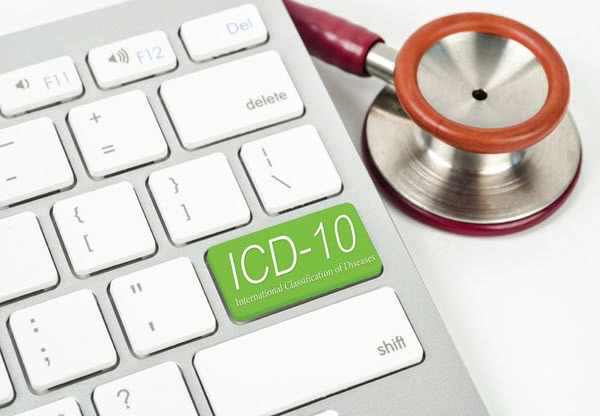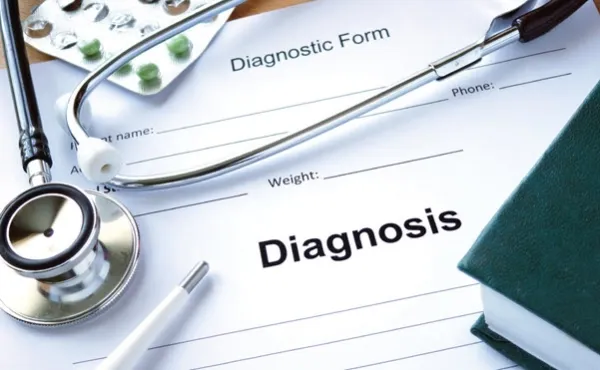Hint: You will get a new code for nocturnal polyuria.
The Centers for Medicare & Medicaid Services (CMS) recently released the new ICD-10-CM 2022 codes. You will see two new urology codes this year, plus some coding notes updates. Additionally, you will gain some new T-codes, Z-codes, and a new COVID-19 option.
Editor’s note: These codes will go into effect Oct. 1, 2021.
Dial Into New Polyuria Codes
ICD-10-CM will add a couple of new codes for polyuria, which is excessive urination.
You will gain new code R35.81 (Nocturnal polyuria). This code will also get a new Excludes2 note: nocturnal enuresis (N39.44). “Excludes2 notes codes can be coded with a primary diagnostic code if both diagnoses are clinically present,” according to Michael A. Ferragamo, MD, FACS, clinical assistant professor of urology, State University of New York, Stony Brook.
Additionally, you will get new code R35.89 (Other polyuria). This code will also include the condition polyuria NOS.
Don’t miss: You will not be able to use code R35.8 (Other polyuria) for polyuria NOS because that condition has been deleted from this code.
Discover Updated Genitourinary System Coding Notes
ICD-10-CM 2022 will also give you some updated coding notes for the genitourinary system.
Code N16 (Renal tubulo-interstitial disorders in diseases classified elsewhere) will see a change to its Excludes1 note. (Emphasis added): Pyelonephritis and tubulo-interstitial nephritis in sicca syndrome [Sjogren’s] Sjogren syndrome (M35.04). As you can see, this is just a minor change to change the wording from sicca syndrome [Sjogren’s] to just Sjogren syndrome.

Excludes1 notes codes are pure excludes, and these diagnostic codes cannot be coded with the primary diagnostic code, Ferragamo says.
Also, you will see a change for “Other diseases of the urinary system (N30-N39).” ICD-10-CM 2022 will delete the Excludes1 note: urinary infection (complicating): abortion or ectopic or molar pregnancy (O00-O07, O08.8) and childbirth and the puerperium (O23.-, O75.3, O86.2-). Instead, this information will become an Excludes2 note.
Next, code N39.44 (Nocturnal enuresis) will gain an Excludes2 note for nocturnal polyuria (R35.81), which is one of the new ICD-10-CM 2022 codes.
Finally, category N97- (Female infertility) will lose the Excludes1 note:female infertility associated with: hypopituitarism (E23.0) and Stein-Leventhal syndrome (E28.2). Instead, this information will become an Excludes2 note.
See New Cannabis T Codes
ICD-10-CM 2022 will add some new T codes. T codes encompass injury, poisoning, and other consequences of external causes.
For poisoning by, adverse effect of, and underdosing of cannabis, you should report the following codes:
For poisoning by, adverse effect of, and underdosing of synthetic cannabinoids, you should report the following new codes:
Don’t miss: With all of the above codes, you must add a seventh character to indicate the type of patient encounter. Your choices are as follows:
Pinpoint New Covid-19 Option
In 2022, you will gain a new COVID-19 code: U09.9 (Post COVID-19 condition, unspecified).

You will also gain some coding notes with U09.9. For example, code U09.9 enables an establishment of a link with COVID-19, per ICD-10-CM.
Also, you should not report U09.9 in patients that are still presenting with active COVID-19. An exception to this rule is if a patient has a re-infection of COVID-19 that occurs with a condition related to the prior case of COVID-19.
You will also get a new code first note with U09.9. You should first code the specific condition that is related to COVID-19, if it is known. Some examples include the following:
Mark Down New Z Codes
In 2022, you will also gain some new Z code options. Z codes encompass factors influencing health status and contact with health services. The new codes are as follows:
You will also gain these numerous Z code options for homelessness and housing instability:
In addition, you will get one new code for immunization safety counseling and one for food allergies:
Finally, ICD-10-CM will give you one new code for suicidal behavior and one for nonsuicidal self-harm. They are as follows:
Don’t miss: These new T and Z codes should be useful as informative codes for use in urological coding and should not be used for procedural coding or billing, according to Ferragamo.
